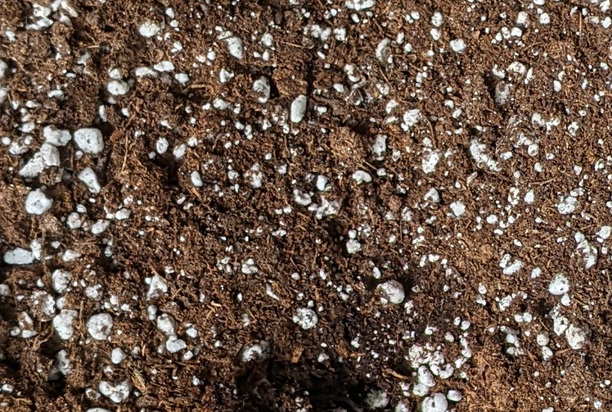
Black Soldier Fly Frass Can Replace Peat Moss
Peat moss is a very common ingredient in soil mixes used for growing plants in pots in greenhouses. Unfortunately, it is not a very environmentally sustainable approach because a natural rate of peat moss growth in bogs is about 1 mm per year. As a result, literally thousands of years are needed to regenerate what is currently being used up by greenhouse industry. Fortunately, a recent study shows that at least some of this peat moss can be replaced by black soldier fly frass.
Chavez, M.Y., Uchanski, M. and Tomberlin, J.K., 2023. Impacts of black soldier fly,(Diptera: Stratiomyidae) larval frass on tomato production. Journal of Economic Entomology, p.toad150. https://doi.org/10.1093/jee/toad150
The “insects as food and feed” movement is gaining considerable momentum as a novel means to provide protein to people (i.e., food) and other animals (i.e., feed). Insects require significantly fewer resources, such as water and land, to produce, process, and distribute as a food or feed source. While the production of insect biomass has received considerable attention for use as food or feed, little is known about the value of the residual materials remaining after digestion. One insect, the black soldier fly, Hermetia illucens (L.) (Diptera: Stratiomyidae), can generate large quantities of residual (i.e., frass) that is high in nitrogen, phosphorus, and potassium. These materials could serve as a partial replacement for fertilizer or peat, thus creating added value to the insects as food and feed sector. Greenhouse studies were designed to investigate the use of frass in vegetable production. In pot studies with tomatoes, different ratios of peat:vermicompost and peat:insect frass were compared to a 100% peat control. Across all other parameters, tomato fruits and vegetative biomass did not produce significant differences across treatments, indicating results were comparable to the control (i.e., 100% peat). Thus, replacing peat with black soldier fly frass is a viable option and could allow for the peat industry to become more sustainable and regenerative. However, it should be noted that average individual tomato fruit weight was significantly (P < 0.05) higher (by 19%) in the vermicompost 10% treatment compared to the control, which did not differ from treatments including black soldier fly frass.
